“Your pelvis is a bowl. And it’s filled with the most wondrous liquid of light. Glide that bowl over your legs without spilling a drop.” Try as I might, my “bowl” kept getting stuck over my right hip. Up I would hitch, just slightly, never quite getting that smooth, firm glide. My Tai Chi and Alexander Technique teacher, Rob Gepner-Mueller, walked over to me and put his hands on my hips. “Like this” he said, and something I was gripping magically let go so that my pelvis gently glided across my legs.
Rob was a bit of a peripheral character in my Alexander Training at the Alliance School in Philadelphia. Tall, handsome, an ever-present twinkle in his blue eyes, Rob’s job was to teach us Tai Chi and shake up our habitual thinking. Rob is married to Zoanna, our first year Alexander home group teacher, and the synergy of their long-standing union is a beautiful and shining example of a good and happy marriage. Rob is a carpenter, and watching him fold his tall frame with ease to fit into small spaces, or speak with shorter people, is like watching a graceful giraffe fold itself to the ground. His freedom of movement and easy manner make him a striking figure. We never really know what Rob plans to teach us in his occasional workshop evening, but it’s guaranteed to be interesting, thought provoking and fun.
Consider what Rob was asked to do with us in our first year. Tai Chi, if nothing else, is all about flow. How do you get flow? Practice. But first, you learn and learn until each micro movement becomes habitual. Only after practice can you be in the flow and yet still fully present to the moment – no longer worrying about where to put a hand or foot. This is the very definition of creating habit, and yet, the magic of tai chi is that you can move habitually while still being present to whatever happens.
We studied the Cheng-Man Ching Yang style short form, concentrating on the first third. It’s a lovely form, simple and flowing. By the end of our second year, we all knew it intimately. Back came Rob to teach us again in our third year. What now? What could we possibly discover about this form that we hadn’t already experienced? Here is where Rob’s real genius and mischievous ability to stir up habits turned into a tour-de-force.
We did the form quickly. We did the form slowly. We chanted while doing the form. We imitated animals doing the form. We did the form as a group with our eyes closed, ending at precisely the same moment. Our little school of Tai Chi fishes swam along, day after day, never knowing quite what new way Rob might think of next. It was inspired teaching and a lot like making music together.
When a group of musicians come together, take a well-known piece of music, and then improvise on it together – magic happens. Together, listening, sensing, present in the flow – it’s the experience of community we all seek. It’s our common humanity. It’s unconditional love. Most of all, it’s fun.
Tai Chi with Rob was like that.
Rob’s teachings have stayed with me for many years, constantly encouraging me to be creative within my self-imposed “box” of habitual behavior. No matter the situation, this choice is always possible.
Have you thought about how to improvise over your own habits?
What “boxes” do you create for yourself?
Where is your creativity within your box?
Rob was a bit of a peripheral character in my Alexander Training at the Alliance School in Philadelphia. Tall, handsome, an ever-present twinkle in his blue eyes, Rob’s job was to teach us Tai Chi and shake up our habitual thinking. Rob is married to Zoanna, our first year Alexander home group teacher, and the synergy of their long-standing union is a beautiful and shining example of a good and happy marriage. Rob is a carpenter, and watching him fold his tall frame with ease to fit into small spaces, or speak with shorter people, is like watching a graceful giraffe fold itself to the ground. His freedom of movement and easy manner make him a striking figure. We never really know what Rob plans to teach us in his occasional workshop evening, but it’s guaranteed to be interesting, thought provoking and fun.
Consider what Rob was asked to do with us in our first year. Tai Chi, if nothing else, is all about flow. How do you get flow? Practice. But first, you learn and learn until each micro movement becomes habitual. Only after practice can you be in the flow and yet still fully present to the moment – no longer worrying about where to put a hand or foot. This is the very definition of creating habit, and yet, the magic of tai chi is that you can move habitually while still being present to whatever happens.
We studied the Cheng-Man Ching Yang style short form, concentrating on the first third. It’s a lovely form, simple and flowing. By the end of our second year, we all knew it intimately. Back came Rob to teach us again in our third year. What now? What could we possibly discover about this form that we hadn’t already experienced? Here is where Rob’s real genius and mischievous ability to stir up habits turned into a tour-de-force.
We did the form quickly. We did the form slowly. We chanted while doing the form. We imitated animals doing the form. We did the form as a group with our eyes closed, ending at precisely the same moment. Our little school of Tai Chi fishes swam along, day after day, never knowing quite what new way Rob might think of next. It was inspired teaching and a lot like making music together.
When a group of musicians come together, take a well-known piece of music, and then improvise on it together – magic happens. Together, listening, sensing, present in the flow – it’s the experience of community we all seek. It’s our common humanity. It’s unconditional love. Most of all, it’s fun.
Tai Chi with Rob was like that.
Rob’s teachings have stayed with me for many years, constantly encouraging me to be creative within my self-imposed “box” of habitual behavior. No matter the situation, this choice is always possible.
Have you thought about how to improvise over your own habits?
What “boxes” do you create for yourself?
Where is your creativity within your box?
For a short video about Cheng-Man Ching, click here http://taichivideos.org/what-is-tai-chi/
Rob Gepner-Mueller and I playing with Tensegrity.
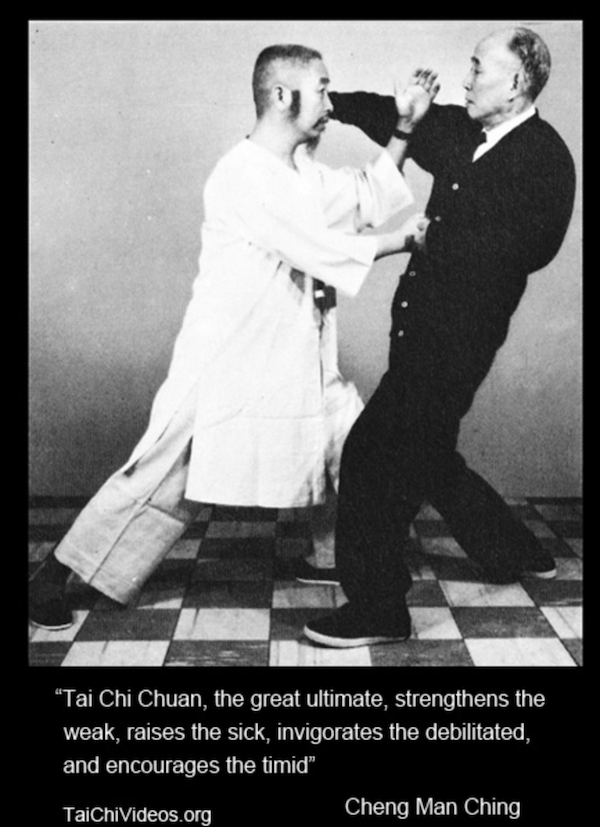
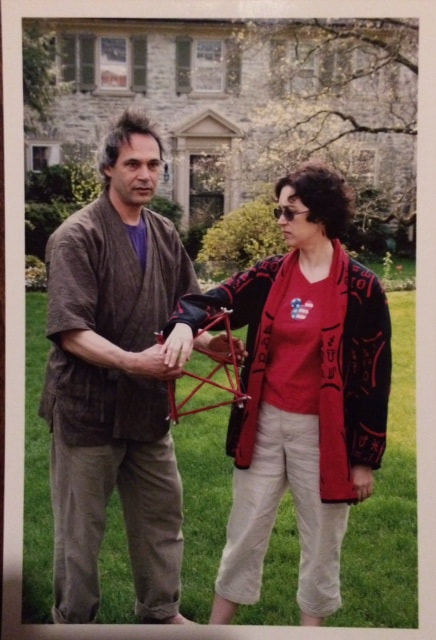
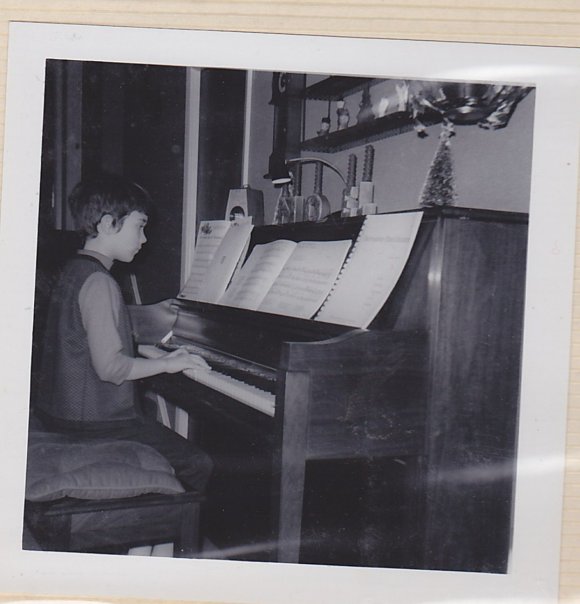
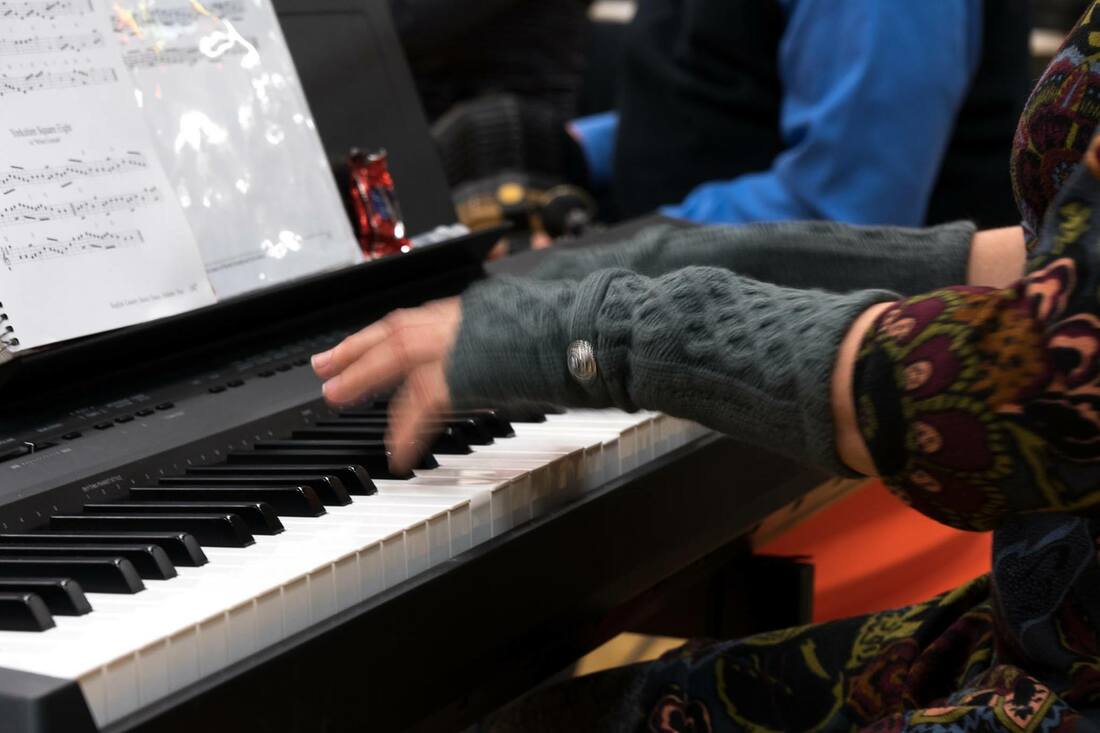

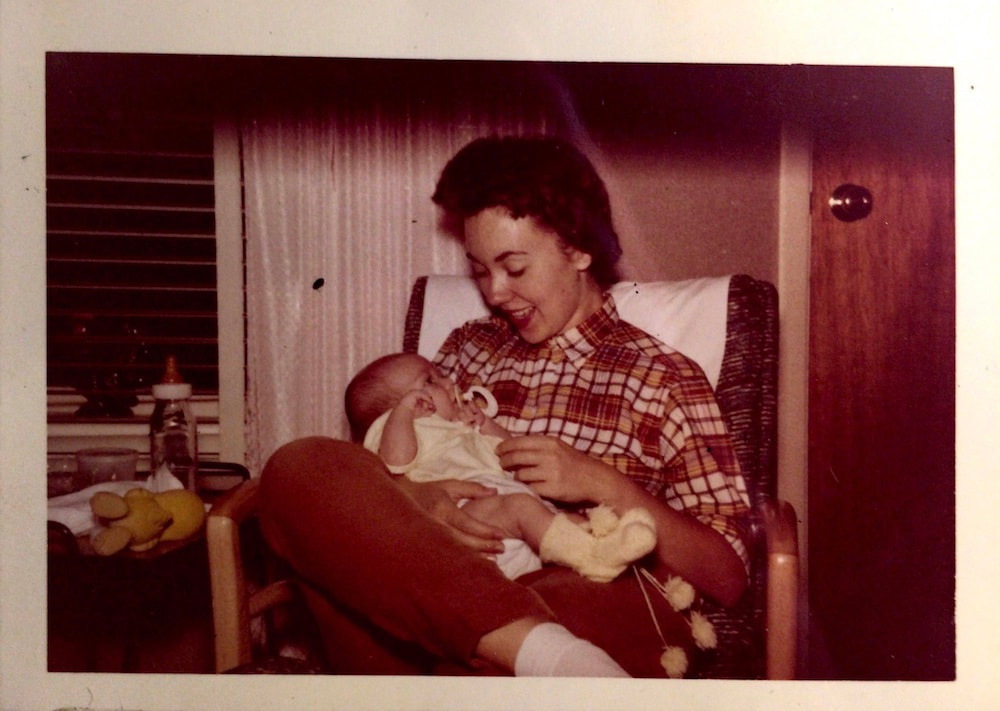
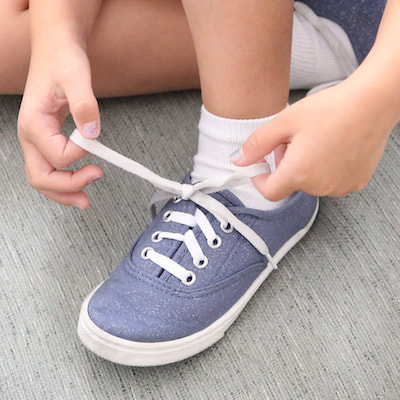

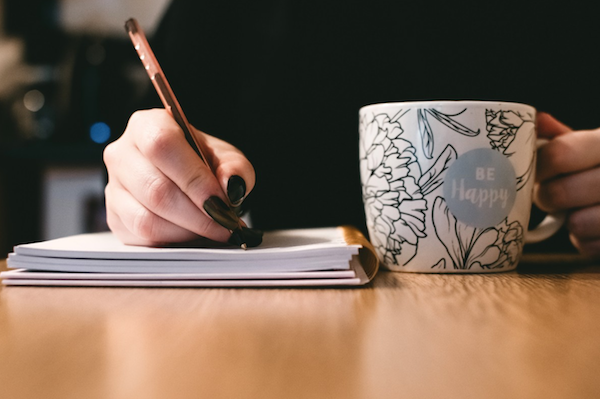
 RSS Feed
RSS Feed